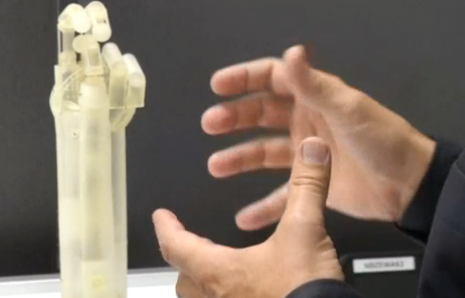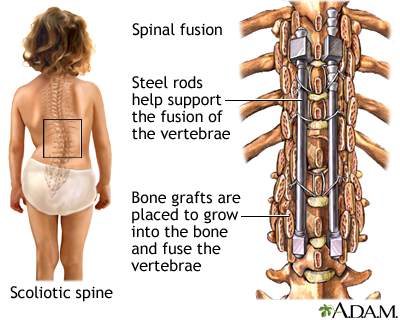It’s easy to become resigned to your fate if you’re an amputee or born with a backbreaking disease. Recent breakthroughs in material science, however, are giving people with disabilities reason to believe in an entirely different future.
Read on to learn all about these transformative technologies and the shape-memory alloys making it all possible.
Bringing bionic hands to life
Professor Stefan Seelecke is bringing science fiction to life from his lab at Saarland University in Germany. He has created an incredible bionic hand with responsive muscles that is making waves across the scientific community.
Until now, artificial hands have tended to be heavy, relatively inflexible, at times loud and also very expensive. This made the technology more appealing for industrial purposes than to solve the mobility challenges of disabled veterans or other everyday people.

Metals with muscles that remember
The essential ingredient in Seeleck’s bionic hand are bundles of ultrafine nickel-titanium alloy wires. Known as ‘shape-memory alloy’ (SMA), these wires can 'remember' shapes and return to them upon command. Alloy wires are key to the device’s ability to tense and flex naturally just like a human hand and to remain agile in restricted spaces.
‘If the wire becomes warm, which happens, for instance, when it conducts electricity, the material transforms its lattice structure, causing it to contract like a muscle,' says Seelecke.
Although Seeleck is still developing his prototype and far from commericalisation, his device gives new hope to disabled people around the world.

A whole new spine
Researchers in the United States are using alloy wires in a totally different, but equally awesome way.
Scoliosis is a condition that turns a straight spine into an S or C shape, creating discomfort for patients. Surgical treatment is available for severe cases, but outcomes are often poor among children because their bones are still growing. That is until shape-memory alloys came into the picture.
Children with severe scoliosis can spend their entire childhood undergoing surgical procedures to correct the curve in their spine. Surgeons implant metallic growing rods and expand them in bi-annual surgeries to keep up with the child's growth. As the body moves, however, the screws attaching the rods to the bone often become loose, increasing the chances of additional complicated surgeries.

Professors Ji Ma and Ibrahim Karaman from Texas A&M University have designed a game-changing device that could dramatically improve scoliosis treatment among children. They used a super elastic titanium-niobium alloy to create a device that is five times more flexible than any existing model. It allows natural movement of the body and adjusts itself depending on the stress applied by the growing spine.
Although still under study, the device has the potential to reduce the number of surgeries required and give kids a better shot at a normal, healthy childhood.
We salute genius ideas and people
At EuroMetaux we salute researchers like Seeleck, Ma and Karaman who are finding genius ways to use metals to solve some of our biggest healthcare challenges.
They remind us all that although metals like nickel and titanium often go unseen, they are essential to countless scientific discoveries and advancements that improve the lives of real people.
Do you have a genius idea or person with a great metals story? We want to know about it. Contact Chris Heron at heron@eurometaux.be